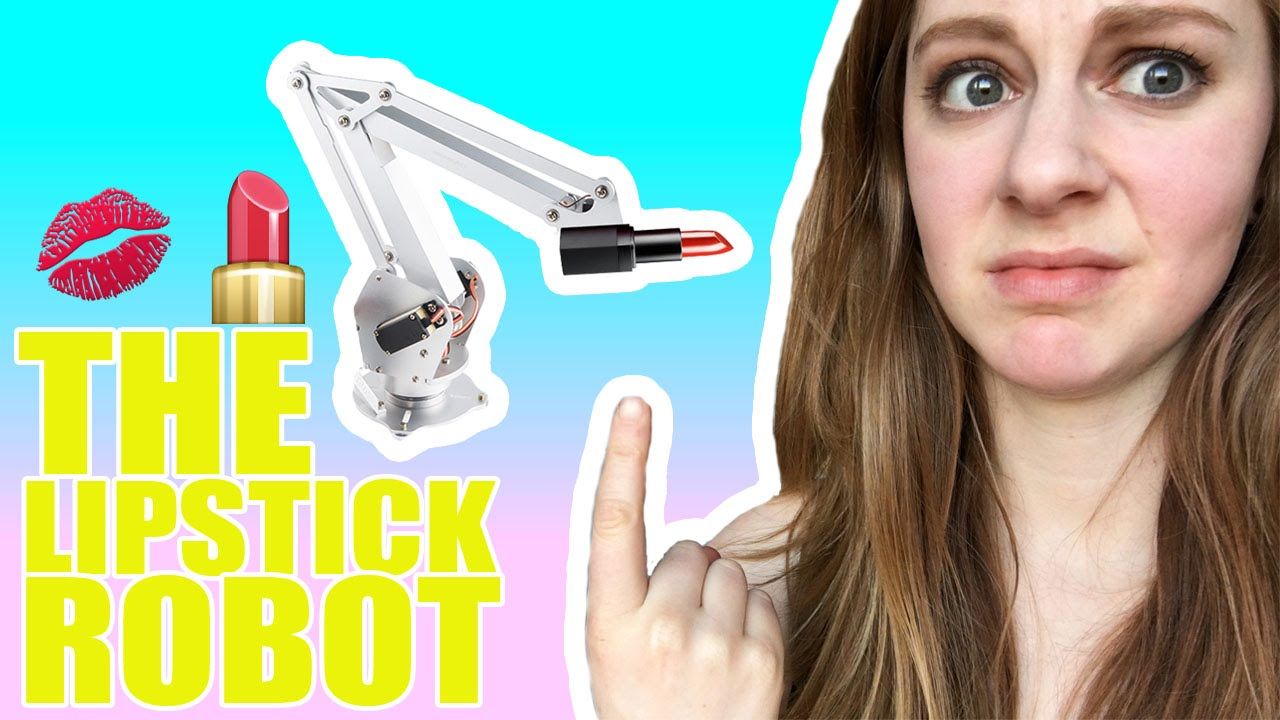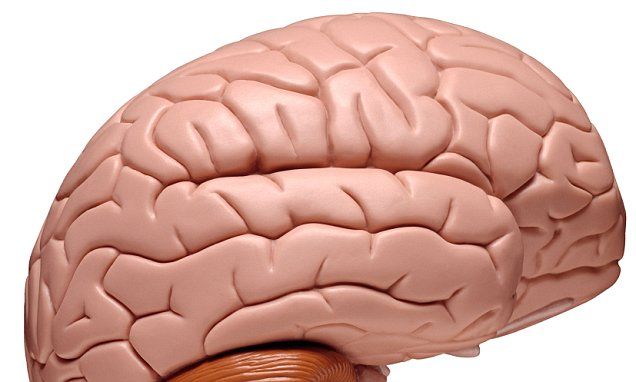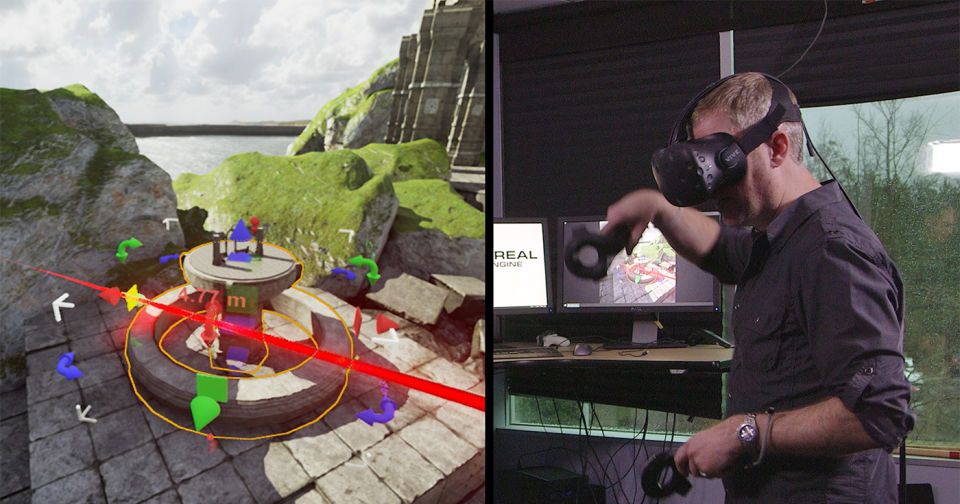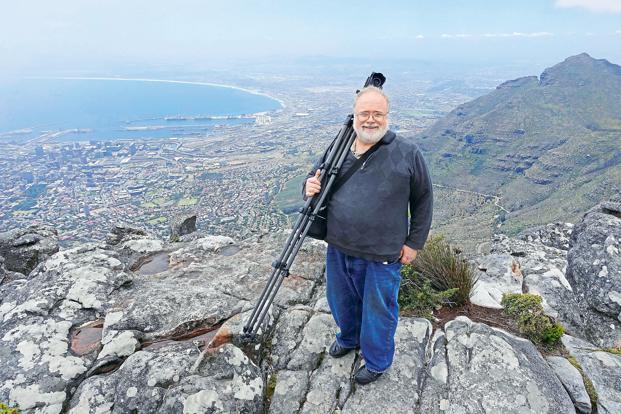When people say “More Than Moore,” they are referring to ways to increase the density and decrease the size of their designs via methods other than simply scaling the transistors.
Page 11838
Feb 6, 2016
Don’t trust this lipstick-applying robot with your face
Posted by Karen Hurst in category: robotics/AI

We can safely say that the position as a make up artist is safe from AI for now.
A mini factory-style robot arm tries its mechanical hand at applying makeup. The results aren’t pretty.
Feb 6, 2016
Scientists are racing to successfully preserve and reanimate a human brain
Posted by Karen Hurst in category: neuroscience
Just when you believe things cannot get more stranger; a “Frankenstein” fund is created for a competition in the UK to bring a brain back to life.
The Brain Preservation Foundation is offerings a cash prize of $100,000 to anyone who can successfully develop a way to preserve and reanimate a human brain.
Feb 6, 2016
Microbiologists discover caffeine-adapted bacteria living in the sludge in their office coffee machine
Posted by Bryan Gatton in categories: biotech/medical, habitats
We can just imagine the scenario that spawned this paper: a bunch of microbiologists sitting around the lab coffee machine, looking for a way to procrastinate, and voila…coffee machine microbiome! Here, the researchers not only sampled bacteria from 10 different Nespresso machines, but they also “conducted a dynamic monitoring of the colonization process in a new machine” (charge new lab coffee machine to grant: check). They found that bacteria rapidly colonized the sludge that sits inside the machines, and many of these species were adapted to the high levels of caffeine and other compounds found in coffee. We’d suggest that they study what lives in the office fridge next, but really–not even a microbiologist wants to go there!
The coffee-machine bacteriome: biodiversity and colonisation of the wasted coffee tray leach
“Microbial communities are ubiquitous in both natural and artificial environments. However, microbial diversity is usually reduced under strong selection pressures, such as those present in habitats rich in recalcitrant or toxic compounds displaying antimicrobial properties. Caffeine is a natural alkaloid present in coffee, tea and soft drinks with well-known antibacterial properties. Here we present the first systematic analysis of coffee machine-associated bacteria. We sampled the coffee waste reservoir of ten different Nespresso machines and conducted a dynamic monitoring of the colonization process in a new machine. Our results reveal the existence of a varied bacterial community in all the machines sampled, and a rapid colonisation process of the coffee leach. The community developed from a pioneering pool of enterobacteria and other opportunistic taxa to a mature but still highly variable microbiome rich in coffee-adapted bacteria. The bacterial communities described here, for the first time, are potential drivers of biotechnologically relevant processes including decaffeination and bioremediation.”
Feb 6, 2016
Create VR experiences within VR itself using Unreal Engine
Posted by Karen Hurst in categories: computing, habitats, neuroscience, virtual reality
Meet “Unreal Engine”; VR’s friend in VR game creations.
Epic Games has been teasing “the future of VR development” recently, and the team is finally ready to tell everyone what that is: Creating virtual reality content within virtual reality itself, using the full version of its Unreal Engine 4. Epic cofounder Tim Sweeney says that while the company’s been supporting the likes of the Oculus Rift from the outset, the irony is that, up to this point, the experiences we’ve seen so far have been developed using the same tools as traditional video games. “Now you can go into VR, have the entire Unreal editor functioning and do it live,” he says. “It almost gives you god-like powers to manipulate the world.”
So rather than using the same 2D tools (a keyboard, mouse and computer monitor) employed in traditional game development, people making experiences for VR in Unreal can now use a head-mounted display and motion controllers to manipulate objects in a 3D space. “Your brain already knows how to do this stuff because we all have an infinite amount of experience picking up and moving 3D objects,” Sweeney says. “The motions you’d do in the real world, you’d do in the editor and in the way you’d expect to; intuitively.”
Continue reading “Create VR experiences within VR itself using Unreal Engine” »
Feb 6, 2016
New Microchip Could Increase Military Intelligence Powers
Posted by Karen Hurst in categories: military, neuroscience, robotics/AI
More news on DARPA’s new deep learning microchip for the military.
A military-funded breakthrough in microchips opens the door to portable deep learning.
Feb 6, 2016
This futuristic fighter jet will probably be unveiled to America during the Super Bowl
Posted by Sean Brazell in categories: futurism, transportation

https://youtube.com/watch?v=sGzhmVmuSTA
A thing of beauty!
They zip and dart across the sky in a three-jet formation, a six-second apparition in a 30-second commercial touting the achievements of defense contractor Northrop Grumman. Unlike modern jets, such as the F-22 Raptor or F-16 Fighting Falcon, they have no tail and are likely to be armed with lasers that are straight out of a science-fiction movie.
Feb 6, 2016
Investment platforms must get back in the game
Posted by Karen Hurst in categories: biotech/medical, finance, health, law, robotics/AI, security
Good article and perspective. And, I believe areas like Finance and Legal will be addressed over the next 5 to 7 years with AI. However, much of our critical needs are in healthcare particularly medical technology and Infrastructure (including security); and these need to get upgraded and improved now.
I recently read a thought provoking article by Klaus Schwab, called ‘The Fourth Industrial Revolution: what it means, how to respond’. At the beginning of the article Schwab describes the first three industrial revolutions, which I think we’re all fairly familiar with:
1784 – steam, water and mechanical production equipment.
Feb 6, 2016
Twitter To Introduce Algorithmic Timeline As Soon As Next Week
Posted by Karen Hurst in category: information science
Feb 6, 2016
Your only choice is to build better artificial intelligence tech than others: Brad Templeton
Posted by Karen Hurst in categories: business, cybercrime/malcode, internet, mobile phones, nanotechnology, robotics/AI, security, singularity, transportation
Brand’s view and concerns about hacking driverless cars are valid. And, I do believe in time that government will eventually catch up in passing some laws that will make companies ensure that their technology is safe for consumer usage and are safe for the public. I just hope that the pendulum does swing too far to the other side of over regulation.
It is not easy to slot Brad Templeton. What do you make of a person who is not only the networks and computing chair at Singularity University in Silicon Valley but also a software architect, a director of the Foresight Nanotech Institute, board member of the cyberspace watchdog Electronic Frontier Foundation, the first person to have set up an Internet-based business, a futurist lecturer, hobby photographer, artist, as well as a consultant on Google’s driverless car design team?
In a phone interview from the US, Templeton, who will be in India this month as a key speaker during the SingularityU India Summit (to be held in association with INK, which hosts events like INKtalks—a platform for the exchange of cutting-edge ideas and inspiring stories), shared his views on driverless cars, the perceived threat from intelligent machines and censorship of the Internet. Edited excerpts:













